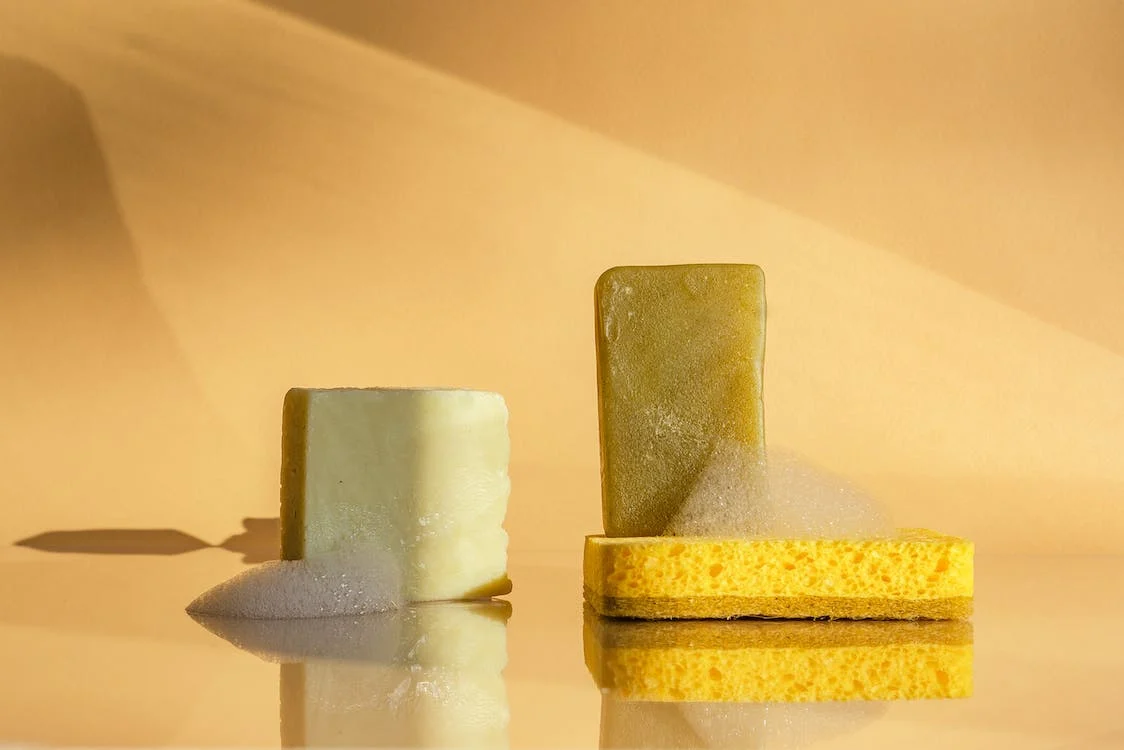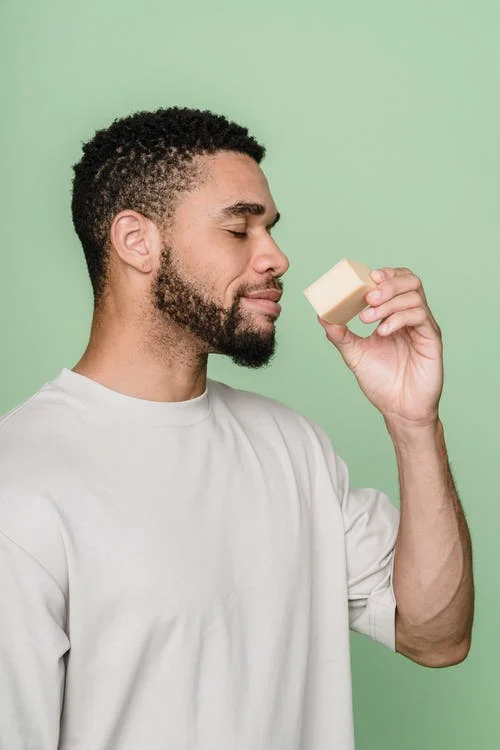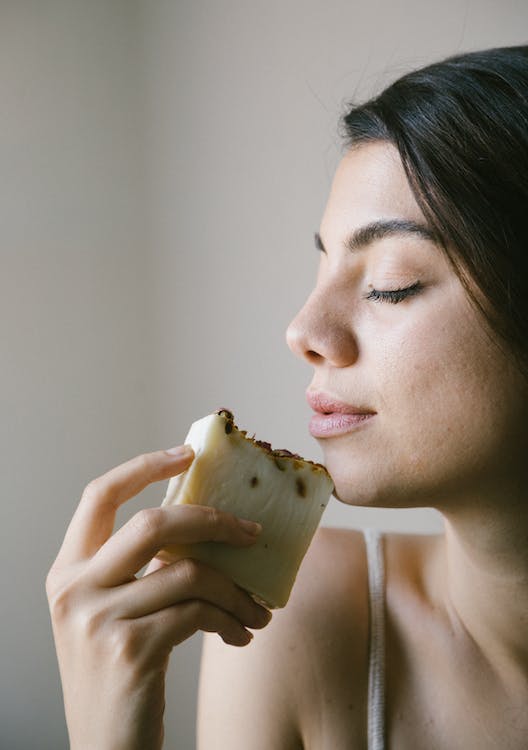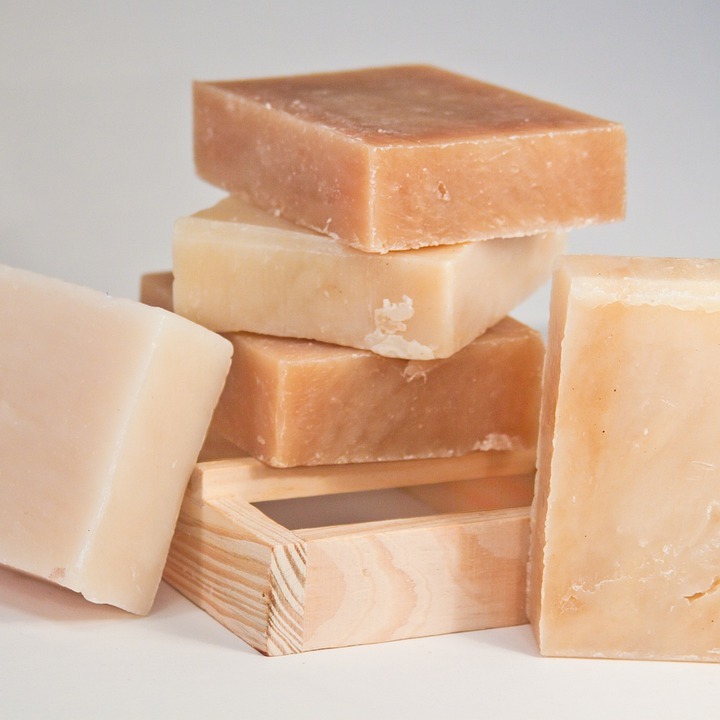Aside from having direct control over the ingredients to suit your preferences and needs, there are additional advantages to making your soap. Of course, buying soap from a nearby grocery store is the most convenient option, but making your soap is also relatively simple once you get the hang of it.
Many people consider soap-making to be an art form. It stimulates the senses and, in the long run, can be addictive. Soaps made with your “bare hands” also make excellent homemade gifts for special occasions—and why not begin your soap-making adventure with sandalwood soap?
To begin, here are some sandalwood soap recipes.
Why Is Sandalwood Used in Soap?
Sandalwood has a strong earthy aroma and is frequently used in men’s aftershaves and colognes. It is also a natural aphrodisiac.
Sandalwood is a term used to describe a type of fragrant wood that can retain its fragrance for decades, unlike some other aromatic woods. It’s unique and among the more expensive oils, but a little goes a long way.
Sandalwood, when used in soap, aids in the exfoliation of clogged pores and dirt impurities. It softens and glows the skin by lightening fine lines, brightening the complexion, and rejuvenating skin cells. Sandalwood’s distinctive smooth, soft, and creamy scent imparts a similar texture to the soap, leaving the skin soft, smooth, and supple.
This aromatic wood is antibacterial and mildly astringent. It’s also anti-inflammatory and can help with skin irritations such as eczema and acne, but it mostly smells amazing. All of these soaps contain Sandalwood essential oils.
This article isn’t just for men, even though sandalwood is a popular male fragrance (learn how to create your sandalwood cologne!), but also for women who enjoy this scent!
Men’s Sandalwood Soap
Men’s skin has a distinct temperament to women’s. A man’s skin is not only thicker than 25% of the time, but it’s also rougher and produces more oil or sebum.
According to studies, most men sweat more abundantly than women. As a result, their skin is more susceptible to impurities. To provide natural skin protection, here is an excellent tangy soap that’s all manly yet suitable for making men’s skin worry-free and clearer.
Ingredients
- 51 oz olive oil
- 28 oz chilled, brewed coffee (to be used as a liquid base)
- 31.5 oz coco oil
- 3 tbsp ground Arabica coffee beans
- 11.94 oz lye
- 1 cup ground walnuts
Instructions
- In a stainless steel pot, combine the oils and fats. Heat them slowly at a low temperature.
- Fill a plastic bucket halfway with a liquid base, then slowly add the lye. Mix the ingredients slowly until it is completely combined. Because the temperature will rise, allow it to cool until it reaches 100-125°F.
- Remove melted oil and fats from the heat at about 115°F. Pour them gently into a plastic bucket and set them aside to cool until the temperature reaches 100-110 degrees F. Add the lye and liquid mixture to the oils slowly and carefully.
- Combine all of the ingredients. Exfoliates should also be included. To combine the ingredients, use a hand blender. To avoid overheating, cook in 20-second bursts until the mixture traces or resembles a thick custard or soft paste.
- Pour soap into a 3-inch ABS pipe or 2-inch deep baking trays for circular shapes or 2-inch deep trays for rectangular bars.
- You should store soap in a dry place, covered with a towel. Allow it to stay for no more than 48 hours.
- Take out the soap from the molds and cut it.
- Place the soap bars on a tray and wrap with a large clean towel to saponify. Let sit for at least four weeks to aid in completing the chemical reaction that converts the lye-oil mixture into saponified oils, which are more effective and safe.
Women’s Sandalwood Soap
This jasmine, lavender, and sandalwood soap recipe is delicious! Each lather, spicy and sweet yet fragrant and relaxing, delivers a sense of purity and relaxation not often found in over-the-counter soaps. Make your own by following these steps:
Ingredients (per 500mg oils as a base measurement)
- 40% olive oil
- 20% lard
- 25% coco oil
- 5% castor oil
- 10% shea butter
- 2 tsp titanium oxide
- 1 tbsp kaolin clay
- 6g sandalwood essential oil
- 6g jasmine essential oil (you can also use fragrance oil if you want it cheaper)
- 3g lavender essential oil
- lye + water
- purple oxide (as a decorative element)
Instructions
- Combine the water and lye solution in a stainless steel bowl or pot. Typically, a reaction occurs. Ensure the water does not come to a boil, and avoid inhaling the fumes.
- Set the water and lye solution aside to cool.
- Heat the lard and oils until completely melted.
- Take the temperatures of both the lye solution and the oils, and if they are already within the ideal 100-125°F range, gradually add the lye solution.
- Gently combine until the texture is smooth, then color.
- To thoroughly mix the solution, use an immersion blender. To avoid burning your blender, do this in 20-second bursts.
- At trace, add the clay and titanium dioxide.
- Add the lavender, jasmine, and sandalwood essential oils.
- Split the pre-mixed ingredients in half to make purple swirls. Stir in small amounts of purple oxide into half of the mixture.
- Alternately pour the “purpled” mix into the mounds.
- Run a stainless spoon through your raw soap to swirl it. Swirl by twisting.
- Allow the soap molds to sit for 24 hours, covered with a blanket.
- Detach the blankets and lid—and leave the soap molds to air for a few hours before removing them.
Babies’ Sandalwood Soap
Because of their overly sensitive skin, babies can develop rashes and eczema. Store-bought soap and bath gels frequently contain harsh ingredients that might irritate a baby’s skin. Sandalwood essential oil is well-known as an antiseptic element protecting the dermis of babies from dirt and microscopic microbes while also acting as an insect repellant.
Ingredients
- 0.5 oz sandalwood powder
- 2 oz sandalwood essential oil
- 6 oz lye
- 14 oz tepid water
- 6 oz palm oil
- 18 oz coco oil
- 4 oz wheat germ oil
- 12 oz olive oil
Instructions
- Set aside sandalwood oil and sandalwood powder.
- Carefully and slowly combine the lye and water. Allow it to stand until it reaches 95°F.
- Over low heat, gently combine the palm and coco oils. Slowly drizzle in the wheat germ oil and olive oil until the temperature reaches 95°F.
- Blend both lye and oil mixtures once they are within 10 degrees of temperature of each other, preferably at 95-100°F.
- Stir the mixture until it traces.
- Stir in the sandalwood mix thoroughly and slowly.
- Set it on molds and put it aside for 24 hours.
- After a full day, remove the soap from the mold and cut it into bars.
- Arrange on a wire rack. Allow 3-4 weeks for air drying.
Sandalwood soaps can be made in a variety of ways. Allow any one of these sandalwood soap recipes to serve as your guide to beautiful skin. You can substitute your preferred essential oil for those listed.




